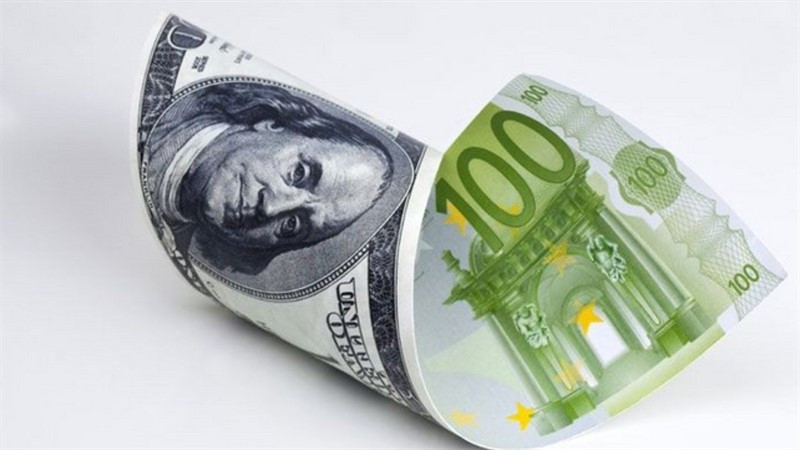
The greenback gained weight noticeably in April amid heightened expectations of an aggressive move by the Federal Reserve.
The sharp drawdown of the US currency after the FOMC raised rates by 50 points on Wednesday and announced the imminent start of sales of assets from the balance sheet led some market observers to believe that much of the Fed's expected hawkish position has already been priced in.
The dollar fell to a weekly low against a basket of currencies on Wednesday, slipping almost 1%, while US stocks jumped about 3% as Fed Chairman Jerome Powell downplayed the possibility of a 75 basis point rate hike going forward.
"Markets welcomed the dollar-backed FOMC decision as it helped quell fears of aggressive rate hikes pushing the economy into recession," Western Union strategists said.
However, the optimism behind the stock rally faded on Thursday. Short positions went on all sectors.
Wall Street's key indexes ended yesterday's trading down 3-5%, reversing gains from the previous session and posting their biggest drop in more than a year.
At the same time, the day before, the indices showed the highest rise since 2020. The stock market has not seen such significant multidirectional fluctuations for two sessions in a row since the first days of the COVID-19 pandemic, reports The Wall Street Journal.The Fed is reducing liquidity in the markets, and this increases volatility, which may become the new normal for a while, until the central bank takes control of inflation and changes policy, Crestwood Advisors said.
Even barring the possibility of larger interest rate hikes in the coming months, experts say, investors will still face the worst monetary tightening in the United States since 2000, when the US central bank last raised rates by half a point.
Many traders are now wondering how high the Fed can raise rates over the next two years to tame inflation, and what impact this might have on the economy and corporate profits.
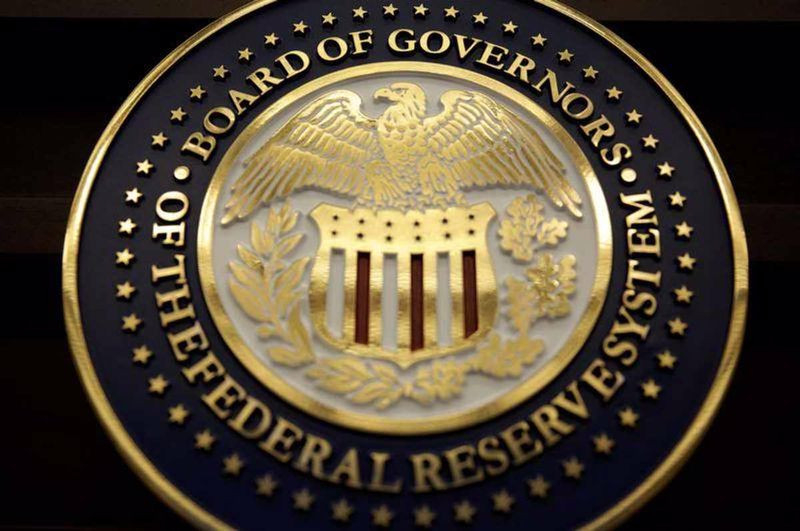
"It's like we're all taking a drug and it needs to build up in our bodies because these rate hikes are always delayed. Meanwhile, the market takes into account much more in prices - the tightening of financial conditions, which will affect the real estate market, mortgages. This will partly fulfill the Fed's task until the drug accumulates in sufficient quantities and the decisive moment of "killing the dragon" really arrives, analysts at the Chilton Trust said.
Despite the relatively modest underlying PCE for March (0.3% M/M compared to 0.5% in February), the FOMC communique following the May meeting made no mention of a slowdown in prices.
Moreover, according to the Fed, inflation remains elevated, reflecting the COVID-19 pandemic-related imbalance in supply and demand, higher energy costs and massive price pressures.
The FOMC expects inflation to return to its 2% target after adequate monetary tightening.
To support this goal, the Committee on Wednesday not only raised interest rates to the range of 0.75-1%, but also announced the launch of the quantitative tightening (QT) program in June.
While these two moves have been fully priced in, the trajectory of the next rate hike and their final rate remain uncertain.
Prior to the Fed's decision, market participants had expected to see a final rate in the range of 3% to 3.50%, but the central bank's announcement leaves no hint of how high borrowing costs could be.
Some certainty may come in June, when the central bank publishes new forecasts.
For now, traders are scrutinizing the Fed's statement for direction.
What markets hate the most is the uncertainty that the dollar is benefiting from as a safe-haven asset.
The fog hides the peak of inflation, and this makes it difficult for stocks to rise and supports the protective greenback.
On Thursday, the US currency more than won back the losses of the previous day.
The USD index yesterday reached 103.94, the highest level since December 2002, having increased by 1.16% during the day.The dollar marked the biggest intraday rally since the beginning of the armed conflict in Ukraine.
As in February, the US currency is once again showing its muscles, being popular as a safe-haven asset among investors, especially in the current environment, when risk aversion and fears of a slowdown in global economic growth are high. In addition, the Fed remains at the forefront of the hawkish sentiment of global central banks.
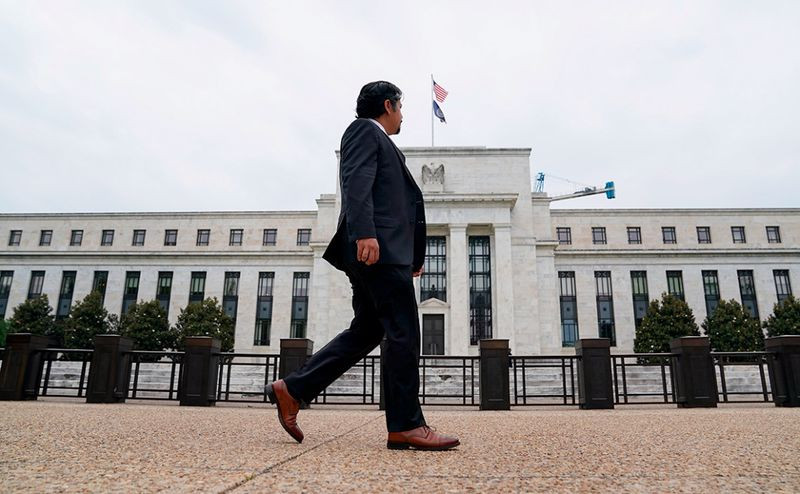
"The dollar bounced back as US rates remained on track to double (1.9%) by July and possibly triple (2.7%) by the end of the year, a very hawkish outlook that distinguishes the Fed. from its main competitors," Western Union strategists noted.
The USD retreat was more about positioning than any change of heart, according to analysts at National Australia Bank.
"Powell was unequivocally hawkish. They will do what they have to do to keep inflation in check. This will support yields in the US and the dollar," NAB believes.
The greenback was one of the few players to profit from Thursday's sea of losses.
After a brief fall on Wednesday, it rose sharply, tracking the rise in the yield on 10-year US Treasuries, which rose to 3.066% the day before from 2.914% the day before, reaching the highest level since November 2018.
The renewed rally in the USD also reflected the risk aversion of investors.
In Thursday's trading, the Nasdaq fell 5% to 12,317.69 points, the biggest percentage drop on a daily basis since June 2020. The S&P sank 3.6% to 4146.87 and the Dow Jones fell 3.1% to 32997.97.
Fed policy worries aside, mixed earnings for some majors, the conflict in Ukraine, and pandemic-related lockdowns in China have hit Wall Street lately, overshadowing a better-than-expected quarterly reporting season.
"Investors are not looking at fundamentals like earnings right now, and it's more of a matter of sentiment," Verdence Capital Advisors said.
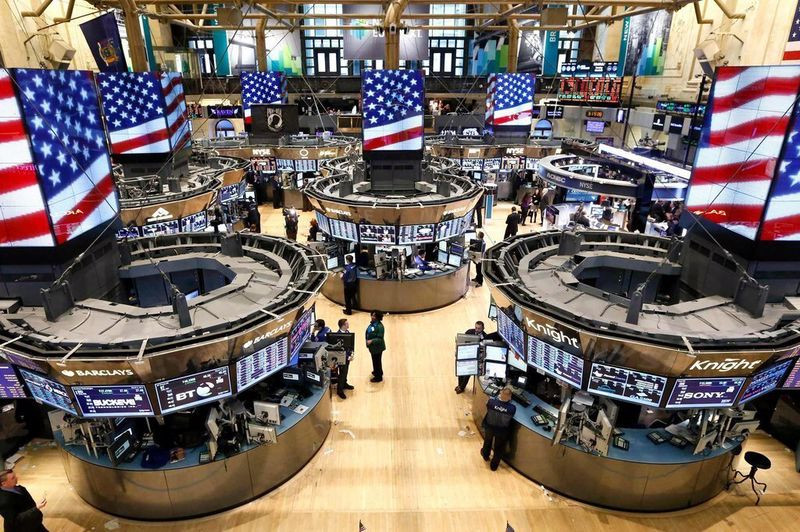
In a risk-averse market environment, the EUR/USD lost the lion's share of Wednesday's gains. The day before, it sank almost 80 points and finished trading in the area of 1.0540.
NAB strategists predict that the euro will depreciate against the US dollar to $1.02 by the end of September.
Economists at Nordea expect the major currency pair to reach parity later this year before rebounding in 2023.
"The widening of the rate differential and the US dollar's safe-haven status promise further declines for the EUR/USD. We expect the pair to drop to the parity level (1.00) somewhere before the end of the year. However, at some point the situation will change. Likely when the Fed reaches the peak of its tightening cycle by next summer. We think EUR/USD will end 2023 around 1.1000," they said.The greenback hit a 20-year high just above 104.00 on Friday before losing some of its bullish momentum.
"We do not expect the US dollar to weaken sharply. It is likely to continue to receive support on the downside, given where the internal returns are. Higher domestic rates also make the greenback an expensive short from a speculative point of view," Scotiabank said.
"The dynamics of the US currency during the week still supports the idea of slowing down the bullish trend of the dollar. Closing the week at or very close to current levels (103.2) will form a Doji candle on the weekly chart, which is a classic slowdown signal and could accelerate the corrective drift of the USD index back to the 99.00-101.00 zone in the next few weeks," they believe.
Meanwhile, HSBC economists believe that the dollar will remain strong. They are waiting for a moderate strengthening of the US currency in the future.
"The market has reduced its expectations regarding the pace of interest rate hikes in the US, but the probability of a move of 75 b.p. may return to the surface of the table, if incoming economic data testify in favor of this. In addition, the advantage of the dollar in the face of a slowdown in global economic growth is support for it," they said.
A similar opinion is shared by TD Securities analysts, who indicate that the Fed lowered the bar at its last meeting.
"This allows the dollar to remain resilient against the euro, and to a large extent its rise is the path of least resistance," they said.The single currency was able to rebound after dropping below $1.05 earlier on Friday, but its recovery stalled near the $1.06 area.The euro was supported by the comments of the ECB representatives.
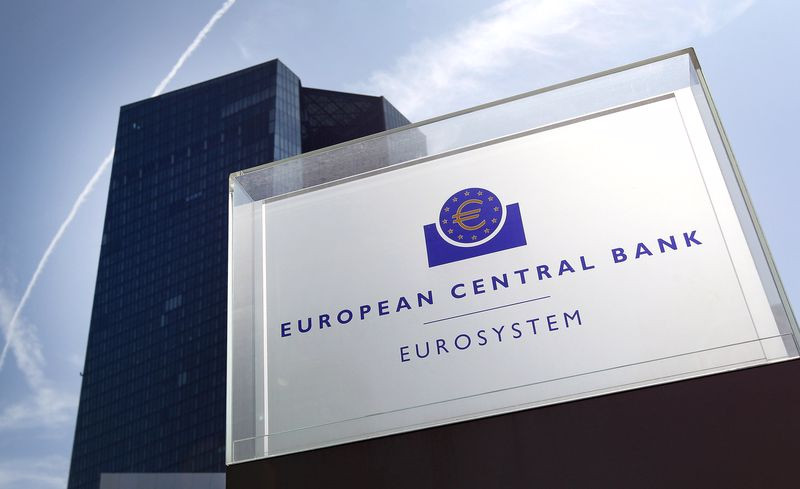
Francois Villeroy de Gallo, head of the Bank of France, said the European Central Bank should bring the deposit rate back into positive territory this year.
Bundesbank President Joachim Nagel also expressed support for the move sooner rather than later, noting that the ECB's window for rate hikes was slowly closing.
While hawkish comments from ECB policy makers helped the euro regain its composure, risk aversion, which continued to dominate markets on Friday, limited EUR/USD gains.
Wall Street's major indexes are trading mostly in negative territory today.
"Anguish gripped the financial markets at the end of a volatile week. Investors are digesting the unpleasant effects of inflation and are worried that it will take a large dose of "bitter medicine" in the form of higher central bank rates to bring the situation under control, Hargreaves Lansdown said.
Bidders are also evaluating mixed statistics on US employment. Unemployment in the country in April remained at the level of March at 3.6%, while analysts predicted a decline to 3.5%. At the same time, the number of people employed in non-agricultural sectors of the economy increased by 428,000 against an expected increase of 391,000.
This data, along with next Wednesday's US CPI report, will help traders get an idea of how aggressively the Fed will tighten policy.Given the readiness of the US central bank to do everything to prevent a rapid rise in inflation, the return of the dollar to the growth path is a matter of the near future. A strong dollar is an ally of the Fed in the fight against price pressure.
ECB officials can no longer calmly monitor the depreciation of their own currency, which further fuels inflation, which only exacerbates economic problems.
However, the soft monetary policy of the ECB, which contrasts with the actions of the American colleague, and the prospect of a recession in Europe against the backdrop of the decision of the EU countries to introduce a complete ban on energy imports from Russia speak in favor of reducing the main currency pair. Therefore, short positions in EUR/USD remain a priority.According to Paolo Gentiloni, European Commissioner for the Economy, the EU can achieve independence from Russian oil supplies within nine months.
"Our proposal is to impose an embargo in order to achieve independence from various Russian oil products within nine months," he said.
According to Gentiloni, this decision will affect the economy of the region, but the impact on the Russian economy will be much stronger.
Meanwhile, Europe is expected to increase consumption of Middle Eastern oil. But this is not an easy task in logistical and technical terms. The fact is that most of the refineries in the eurozone are set to process the heavier Russian Urals crude mixture. Light Middle Eastern oil does not suit them.
Refineries would need to be reconfigured to process a different brand of raw material, but the investment required to do so would be against EU environmental targets.
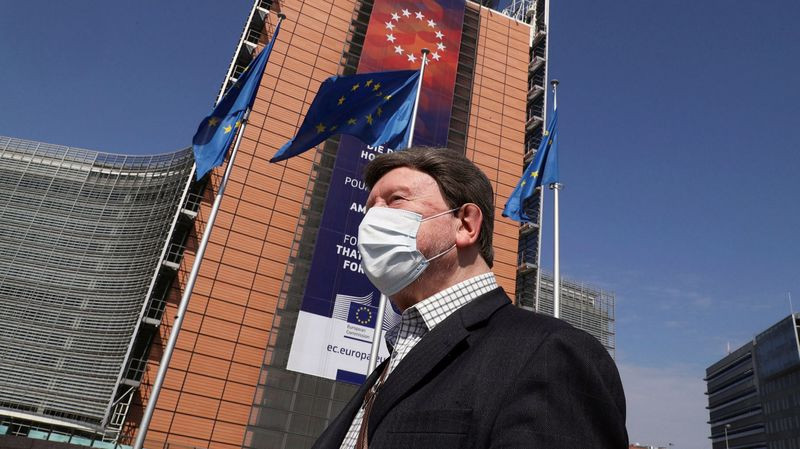
The region is simultaneously facing economic turmoil from the conflict in Ukraine in the form of a sharp rise in food and energy prices, as well as supply disruptions caused by China's tough policy to combat the coronavirus. This provoked fears of "stagflation" - a situation of low economic growth and high inflation - and a possible recession.
"An inflationary spiral has begun. The energy shock, which was already happening before the military conflict in Ukraine, reinforces inflationary expectations. All of this has a negative impact on the macro economy, risking wrapping us into a recession," strategists at Societe Generale said, adding that it could potentially affect the entire system.
Berenberg believes that short-term risks to economic growth in Europe are skewed to the downside.
"Strengthening lockdowns in China and weakening consumer spending in response to rising energy and food prices could easily trigger a temporary contraction in eurozone GDP in the second quarter. An immediate embargo on gas imports from Russia could turn this into a more severe recession," they said.
Representatives of the German financial regulator BaFin said that any military escalation in Ukraine or further power outages could create serious risks for the growth of Europe's largest economy, especially industrial sectors that are vulnerable.
"We are already seeing that in many sectors, growth has fallen to about zero. It is also vulnerable to the ongoing shocks associated with COVID-19. In addition, we have inflation that needs to be fought, and it needs to be fought now, so this is a difficult cocktail for the economy," he said.
Under such conditions, it is still too early to bet on a sustainable rebound in the single currency.
The rise of the euro against the US dollar on Friday is primarily due to the correction. Recently, the euro has weakened greatly - in April, the European currency fell in price against its American counterpart by 4.7%, and only this Thursday the EUR/USD rate fell by 0.8%.
In the future, the euro will continue to fall in price against the dollar due to a number of factors, and one of them is the difference in the pace of adaptation of the monetary policy of the ECB and the Fed to high inflation conditions, analysts at Capital Economics say."On Wednesday, the US central bank raised the discount rate for the second meeting in a row to 0.75-1%, while the ECB has not made such decisions yet. In addition, the pressure on the euro is exerted by the prospects for a worsening economic situation in the eurozone," they said.
The major currency pair has entered a corrective phase after falling to a five-year low near 1.0470. In the past few days, it has fluctuated in a range of about 150 points.
The weekly high at 1.0640 is an immediate resistance level, followed by a round at 1.0700. A more sustained corrective upside could take place if the pair stabilizes above the latest level, aiming to approach the 1.0800 area.
On the other hand, a breakthrough below 1.0470 would bring in the January 2017 lows around 1.0450 and 1.0340.





















